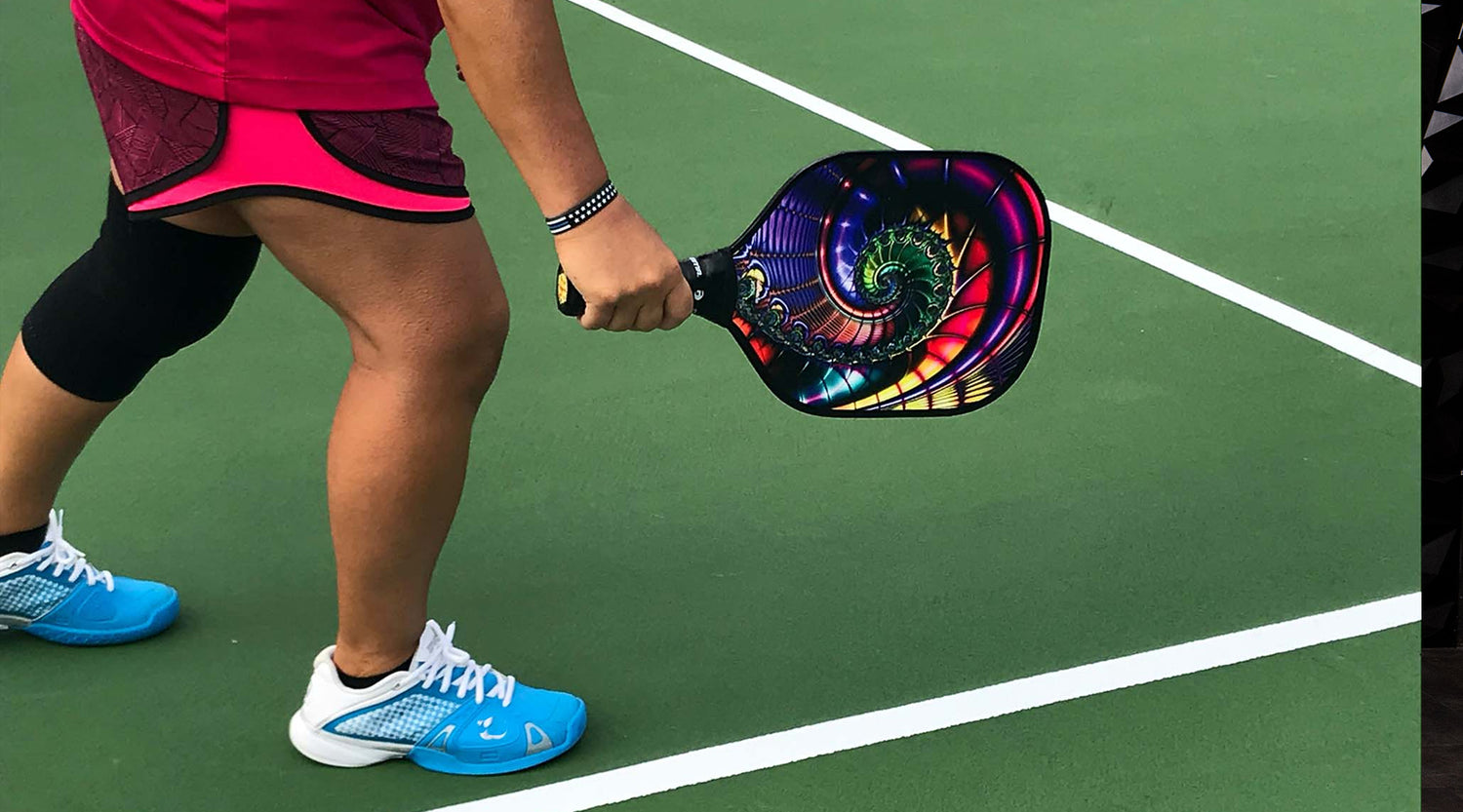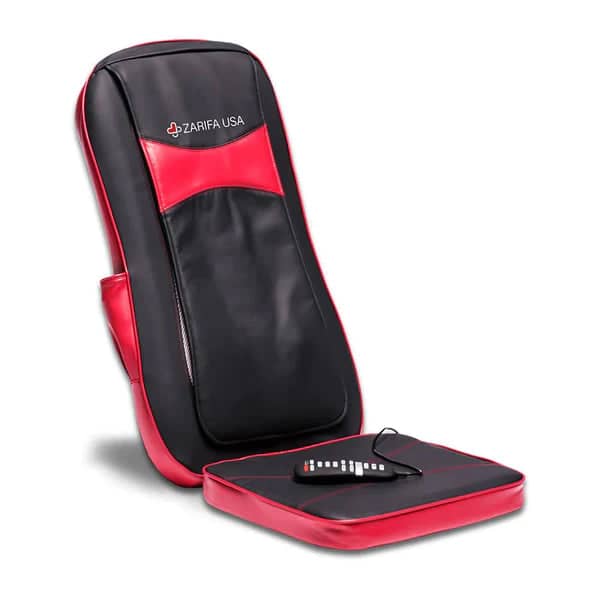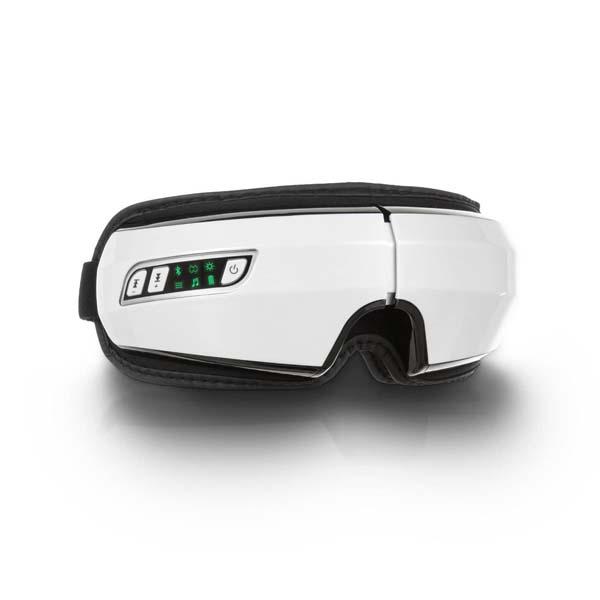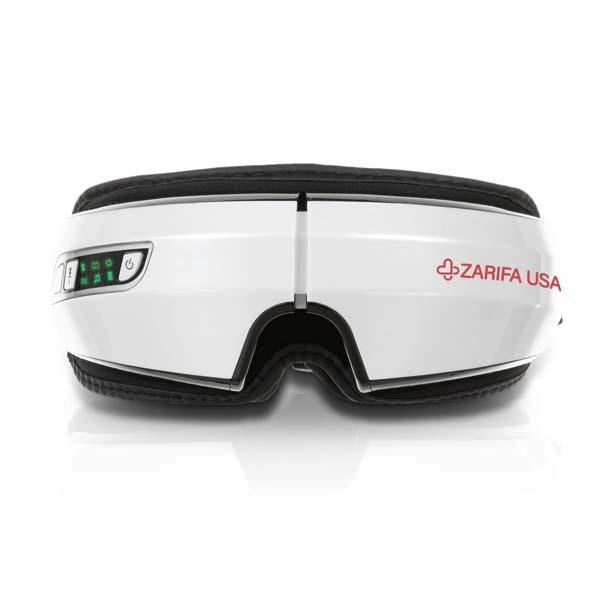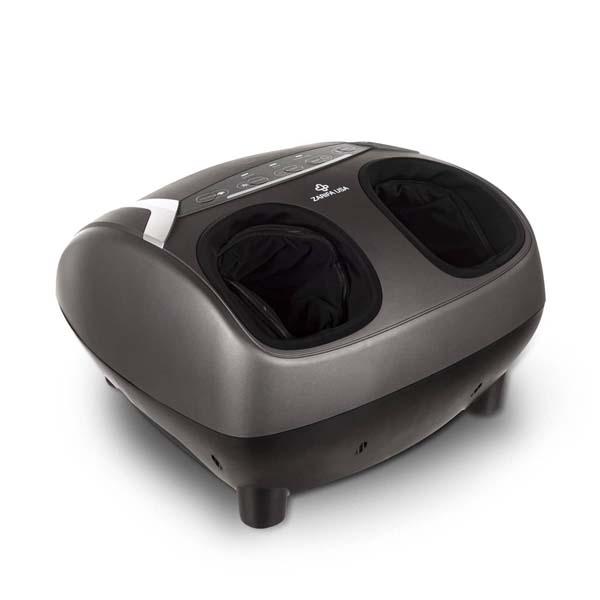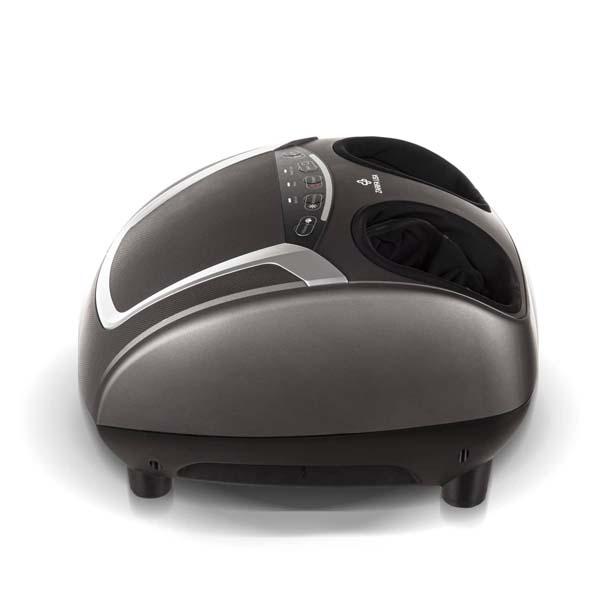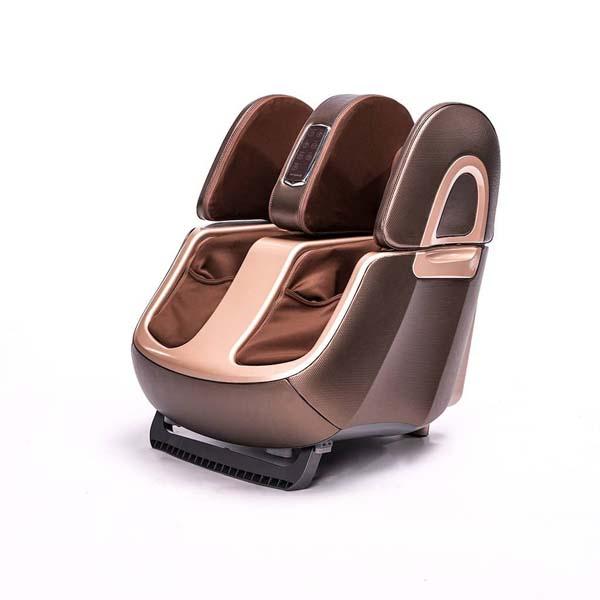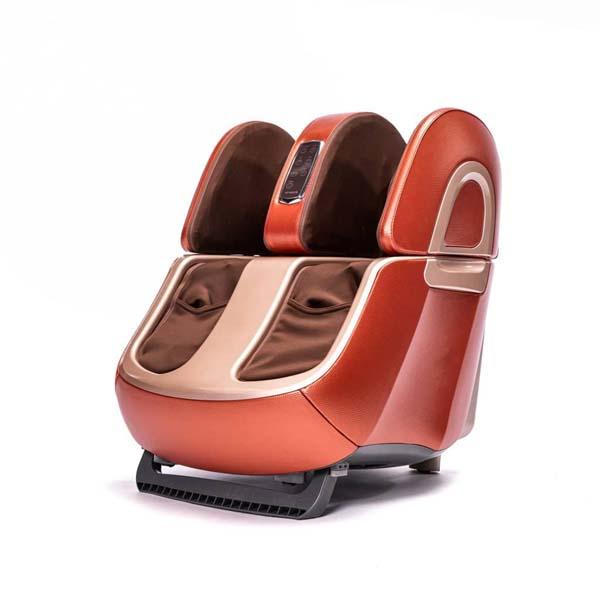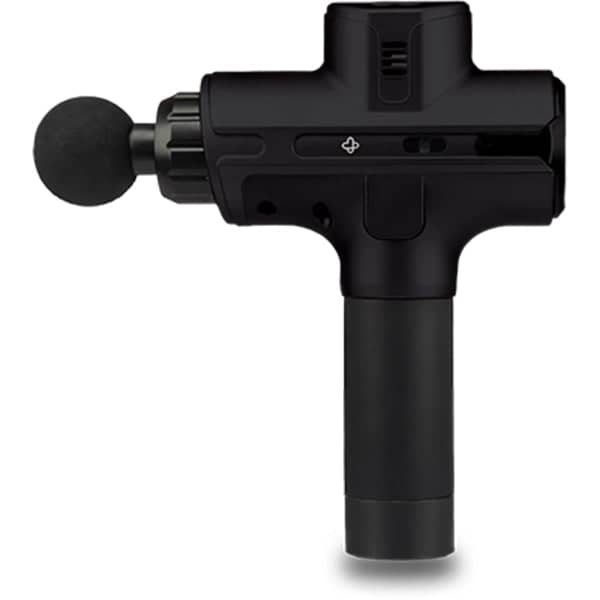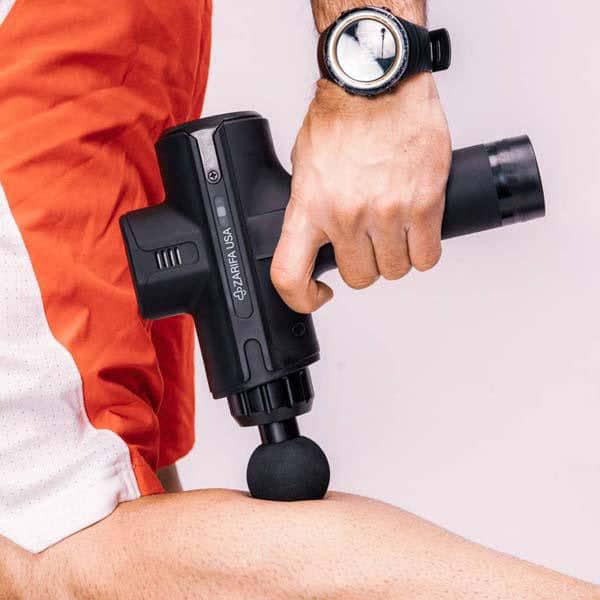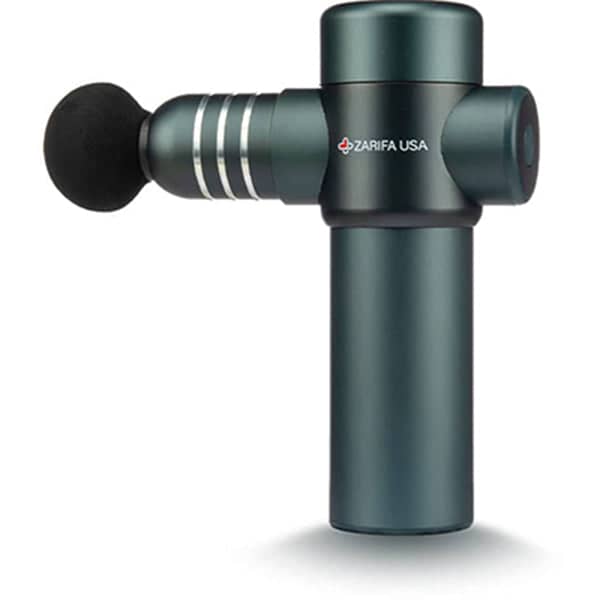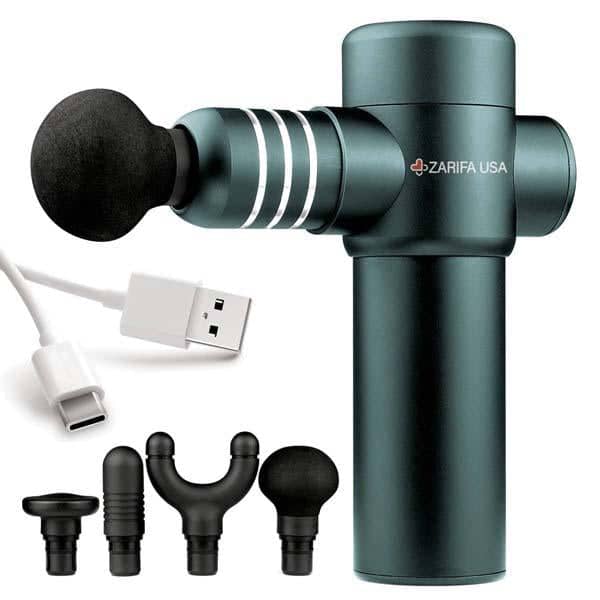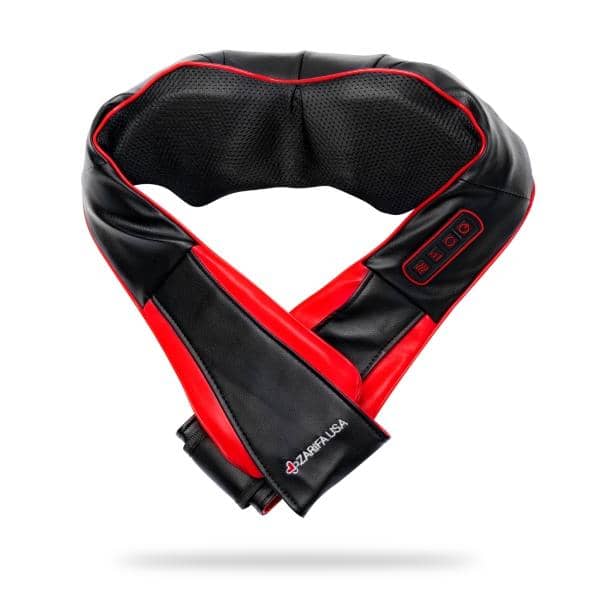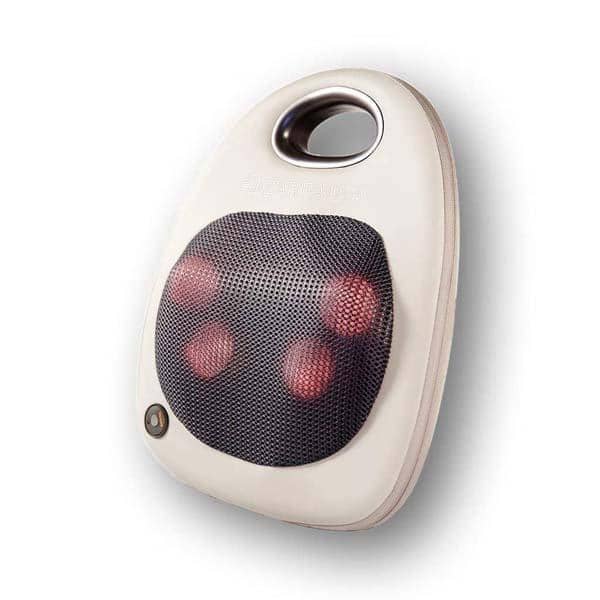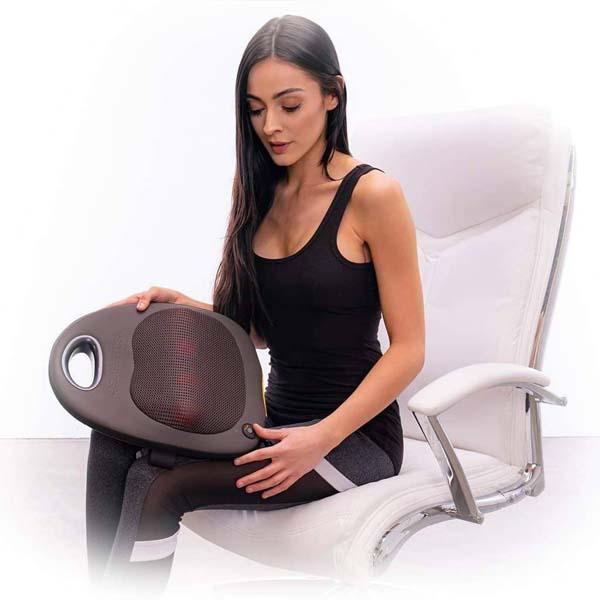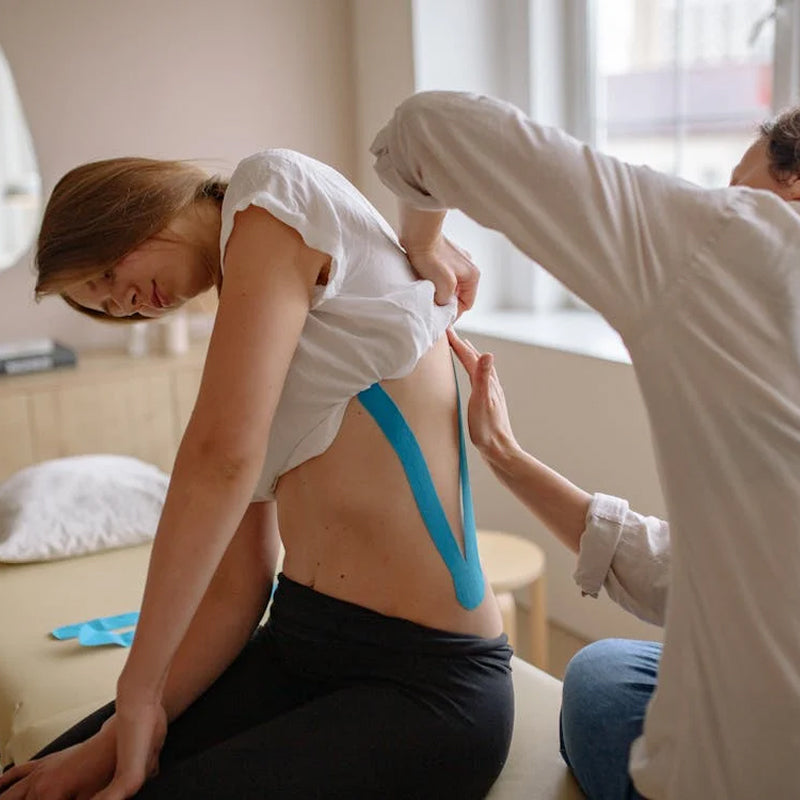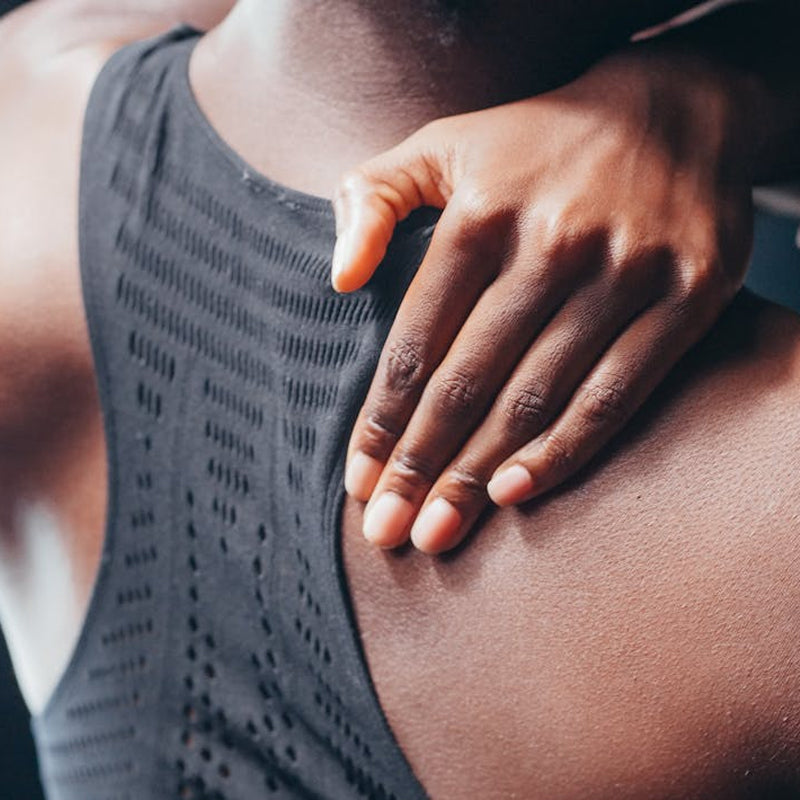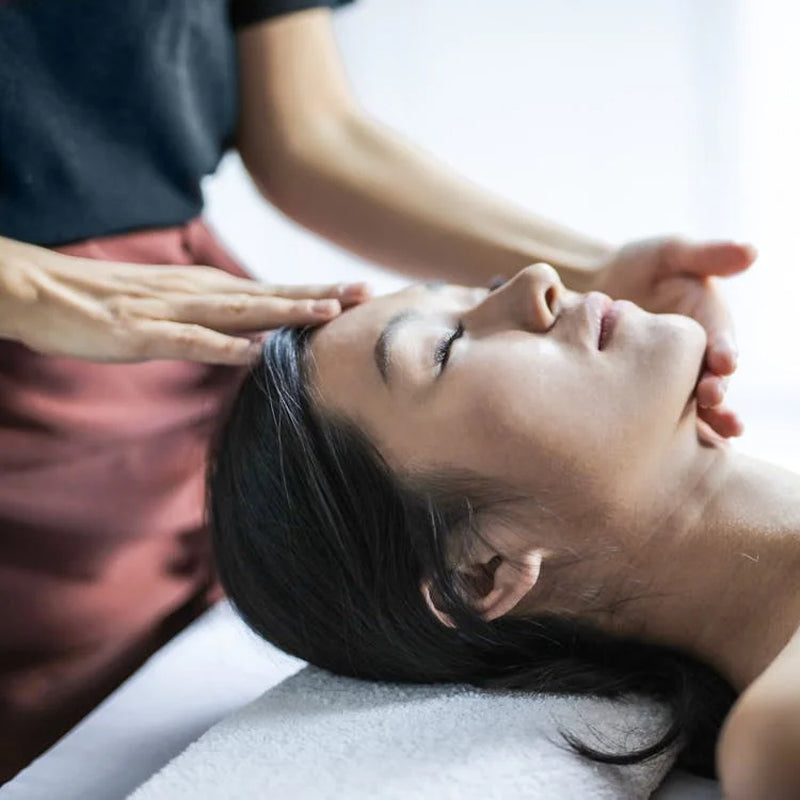Relief for Sore Muscles from Pickleball: How People Find It
Pickleball may be considered a relatively gentle sport, but it’s still possible to experience soreness or sustain the most common pickleball injuries while playing. Maintaining your body properly and knowing how to recover after a game can keep you in peak condition and help you avoid accidents and discomfort. Here are seven effective ways to help your body recover after a match and prepare for the next one.
Understanding Common Pickleball Injuries
While pickleball is a fun and engaging sport, it’s not without its risks. One specific type of elbow injury common in pickleball is 'pickleball elbow,' which results from repetitive motions associated with the sport. Pickleball injuries are quite common, particularly among older adults who may be more susceptible to overuse and traumatic injuries. The most common types of pickleball injuries include knee injuries, lower back strains, ankle sprains, shoulder injuries, wrist injuries, and elbow injuries. These injuries can stem from various factors such as poor technique, inadequate warm-up, and overexertion.
Understanding the types of injuries that can occur while playing pickleball is crucial for prevention. Developing a consistent and comprehensive warm-up routine, using proper technique, and listening to your body are essential steps to avoid these common injuries. By being aware of the potential risks and taking proactive measures, you can enjoy the game while minimizing the chances of injury.
1.1 What Causes Pickleball Injuries
Pickleball injuries can arise from various factors, including overuse, poor technique, and accidents on the court. Overuse injuries, such as muscle strains and tendonitis, often occur when players engage in repetitive motions without allowing adequate time for rest and recovery. This can lead to conditions like tennis elbow and knee strains, which are common among avid players. Poor technique, such as using an improper grip or swing, can also contribute to these issues by placing unnecessary stress on joints and muscles. Additionally, accidents on the court, such as falls or collisions with other players, can result in injuries like ankle sprains and even broken bones. Understanding these causes is the first step in preventing pickleball injuries and ensuring a safe and enjoyable playing experience.
Prevention and Preparation with Proper Technique
Preventing pickleball injuries requires a blend of preparation, proper technique, and common sense. Understanding the most common pickleball injuries, such as those affecting the knees, lower back, shoulder, wrist, and elbow, is crucial. Proper preparation can help prevent these injuries. Here are some practical tips to help you stay safe on the pickleball court:
- Develop a consistent warm-up routine: Before hitting the pickleball court, spend 5-10 minutes on light jogging and stretching all major muscle groups. This increases blood flow and reduces the risk of injury.
- Use proper technique: Learning and using proper technique is vital to prevent injuries. Consider taking lessons from a qualified instructor to ensure you’re not putting unnecessary strain on your muscles and joints.
- Listen to your body: If you feel pain or discomfort, stop playing and rest. Pushing through pain can lead to more serious injuries.
- Stay hydrated: Hydration is key for physical activity. Drink plenty of water before, during, and after playing pickleball to keep your body functioning optimally.
- Wear proper equipment: Invest in shoes specifically designed for tennis or pickleball, which offer firmer outsoles and better support. Avoid running shoes, as they can increase the risk of ankle rolling.
- Stay active outside of pickleball: Engage in activities like Tai Chi, biking, elliptical training, walking, and swimming to improve balance and increase stamina, which can help reduce the risk of injury.
By following these tips, you can significantly reduce your risk of injury and enjoy playing pickleball safely. Always prioritize your health and safety, and seek medical attention if you experience any pain or discomfort.
2.1 Recognize Physical Limitations
Recognizing and respecting your physical limitations is crucial in preventing pickleball injuries. It’s important to be aware of your own abilities and avoid pushing yourself too hard. Start slowly and gradually increase your playtime to build endurance and strength. Taking regular breaks to rest and stretch can help prevent overuse injuries and muscle strains. Never play through pain or discomfort, as this can lead to more serious injuries. If you have pre-existing medical conditions, such as knee arthritis, take extra precautions to avoid exacerbating your condition. By listening to your body and acknowledging your limits, you can enjoy playing pickleball while minimizing the risk of injury.
2.2 Proper Warm-up and Cool-down Routines
Implementing proper warm-up and cool-down routines is essential for preventing pickleball injuries. A good warm-up routine should include light cardio exercises, such as jogging or jumping jacks, followed by dynamic stretching to prepare your muscles for the game. This helps increase blood flow and flexibility, reducing the risk of muscle strains and other injuries. After playing, a cool-down routine with static stretching can aid in muscle recovery and reduce soreness. Focus on stretching key areas like the knees, ankles, and shoulders to maintain flexibility and prevent stiffness. By incorporating these routines into your practice, you can keep your body in top condition and enjoy pickleball safely.
1. Use Foam Rollers
Foam rolling is one of the most widely used recovery techniques across various sports. Foam rolling can be particularly effective in relieving muscle strains caused by the dynamic movements in pickleball. This method of self-myofascial release (SMR) targets trigger points or “knots” within the fascia (connective tissue) that may cause discomfort. A foam roller allows for an effective self-massage, relieving muscle tension in just a few minutes.
Even if you don’t experience chronic pain, using a foam roller can expedite your recovery and keep your muscles relaxed. While foam rolling can be intense at first, the temporary discomfort is often worth the long-term relief. As you become more accustomed to foam rolling, you can switch to a firmer roller or one with nubs to work deeper into the muscle tissue. Just be sure to adjust the pressure to avoid overwhelming tender areas.
Invest in Massage Equipment and Physical Therapy
Massage equipment is another excellent option for relieving post-pickleball soreness. Massage equipment can be particularly beneficial for addressing pickleball related injuries, such as muscle soreness and joint pain. Tools like massage guns and chairs help release adhesions and knots by using targeted pulses on affected muscles. For instance, devices like the Z-Smart Massage Gun Plus or the Zarifa Neck & Shoulder Massager can be particularly effective for pinpointing tight areas.
If your whole body feels sore, sitting in a massage chair can provide full-body relief, allowing your muscles to relax and recover. Regular use of massage equipment can help ease soreness and stiffness, reduce the risk of future injuries, and improve your flexibility and mobility on the court.
3. Take Supplements
If you’re experiencing fatigue, muscle cramps, or other symptoms after playing pickleball, your body might need extra nutritional support. For those with knee arthritis, certain supplements can help manage symptoms and improve joint health. Certain supplements can address these issues and help you recover faster, allowing you to continue playing without lingering soreness or discomfort. For example, magnesium supplements can be helpful in preventing or relieving muscle cramps.
However, before taking any supplements, it’s essential to consult with a healthcare professional to ensure they are right for you and will not interfere with any medications or conditions you may have.
4. Try Resistance Bands
Resistance bands are popular for strengthening muscles, but they can also play a key role in recovery. Consulting a sports medicine physician can provide valuable insights into using resistance bands effectively for recovery. These bands help you perform exercises that improve stability and strength while being gentle on your joints. They also allow for deeper stretches, which can promote better muscle recovery after a match.
You can find plenty of instructional videos on YouTube demonstrating how to use resistance bands for recovery exercises. Incorporating these exercises into your routine can help you engage muscles effectively at home, making them an ideal tool for post-pickleball recovery.
5. Implement Rebounding in Your Recovery
Rebounding, or low-impact bouncing on a mini-trampoline, became popular after a NASA study in the 1980s showed its effectiveness in helping astronauts regain bone and muscle mass after time spent in space. Rebounding is a low-impact exercise that can help prevent serious injury by promoting gentle muscle engagement. Today, rebounding is widely regarded as an efficient recovery method that offers numerous benefits, including improved lymphatic drainage, increased bone mass, and enhanced endurance and balance.
When rebounding, your feet either don’t leave the trampoline or make small jumps, allowing you to engage your muscles without putting undue stress on your joints. It’s a gentle way to stay in shape and improve your overall conditioning after a game of pickleball.
6. Hydrate, Hydrate, Hydrate
Since pickleball is often played outdoors in warm weather, staying hydrated is crucial to preventing dehydration. Proper hydration can also help prevent overuse injuries like tennis elbow by keeping muscles and tendons flexible. Water plays a vital role in flushing out toxins, delivering nutrients to cells, and regulating body temperature and pH balance. It can also alleviate muscle soreness and tension, helping your body recover more effectively.
Aim to drink half your body weight in ounces of water each day. On especially hot days or after particularly intense matches, consider hydrating with electrolyte drinks to replenish the salts and minerals lost through sweat.
7. Exercise in a Variety of Ways
To protect vulnerable areas of your body, such as your knees, shoulders, and back, from injury during pickleball matches, it’s essential to exercise regularly off the court. A well-rounded exercise routine can help prevent pickleball injury by strengthening vulnerable areas of the body. Incorporating a variety of exercises into your routine can strengthen your muscles and improve your overall resilience.
Here are a few key areas to focus on:
- Strengthen your legs, especially the quadriceps, hamstrings, and calf muscles, for better support and agility.
- Keep your upper body strong to reduce the likelihood of shoulder injuries.
- Strengthen your core muscles to support your lower back and improve stability during matches.
10. Managing Pickleball-Related Injuries
Managing pickleball-related injuries effectively requires a combination of rest, recovery, and rehabilitation. If you experience a serious injury, such as a broken bone or severe sprain, seek medical attention immediately. For less severe injuries, the RICE method (rest, ice, compression, and elevation) can help reduce pain and inflammation. Resting the injured area is crucial to prevent further damage, while ice can help minimize swelling. Compression with an elastic bandage and elevating the injured limb can also aid in reducing inflammation. Physical therapy can be highly beneficial in recovering from injuries and preventing future ones. A physical therapist can guide you through exercises and treatments tailored to your specific needs, helping you regain strength and mobility.
10.1 When to Seek Medical Advice
It’s important to know when to seek medical advice for pickleball-related injuries. Consult a healthcare professional if you experience any of the following symptoms:
- Severe pain or swelling
- Difficulty walking or moving the affected area
- Numbness or tingling
- A popping or snapping sound at the time of injury
- Inability to bear weight on the affected area
- Fever or redness around the injury site
A sports medicine physician can provide expert advice and treatment for these injuries, helping you develop a plan to prevent future issues. They can also offer guidance on proper techniques and exercises to strengthen vulnerable areas, ensuring you stay healthy and active on the pickleball court.
Final Thoughts
Pickleball has quickly become one of the most popular recreational sports in the U.S., thanks to its combination of tennis, badminton, and ping pong elements. Despite its less intense nature, pickleball related injuries can still occur, making recovery strategies essential. While it’s less intense than many other sports, injuries and soreness can still occur. By taking proactive steps to care for your body, you can ensure you’re always ready to play your best game and avoid long-term discomfort or injury.
Whether through foam rolling, massage equipment, hydration, or proper exercises, these recovery strategies will keep you on the court for the long haul, enjoying the sport without the strain.

